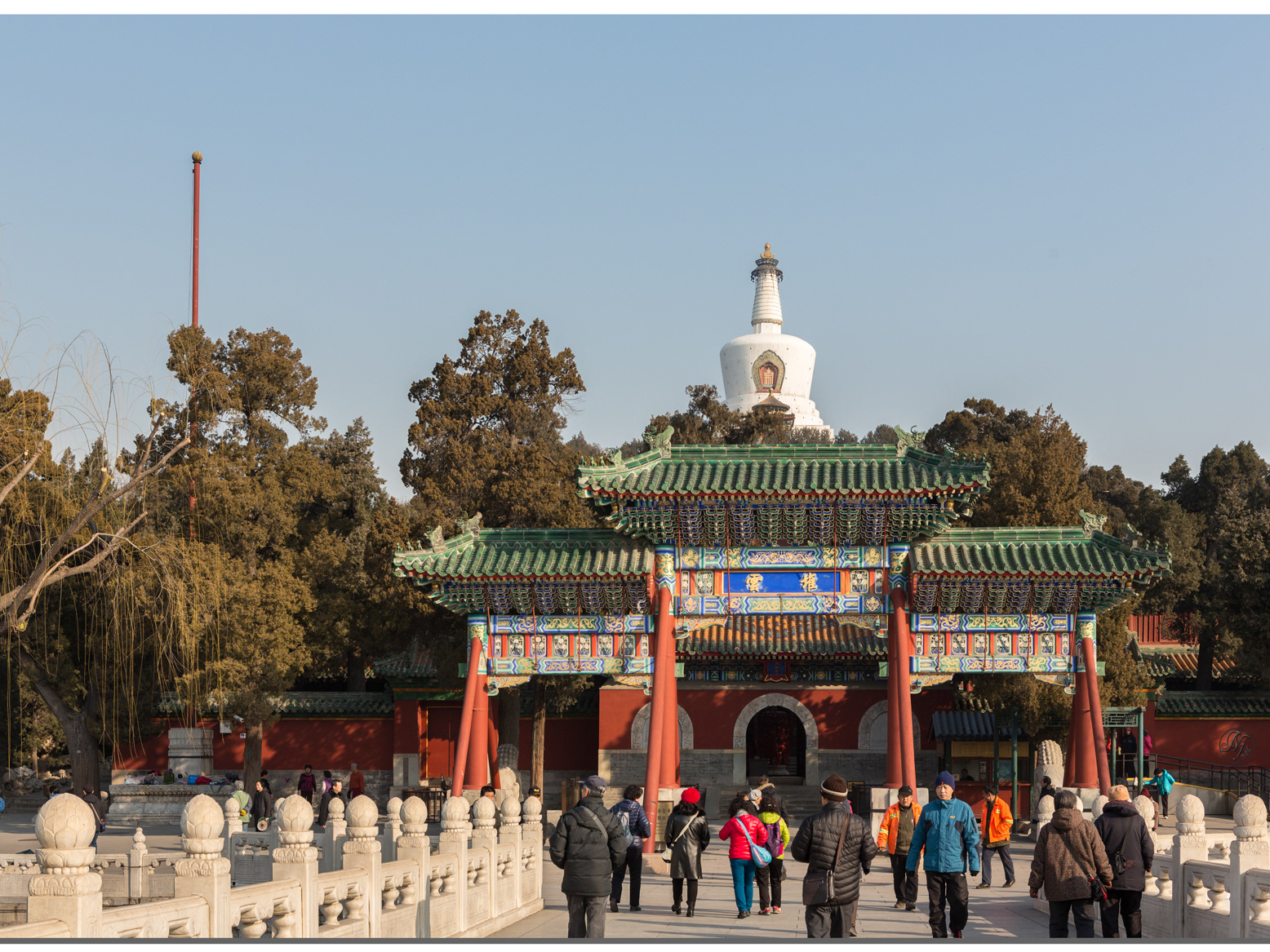


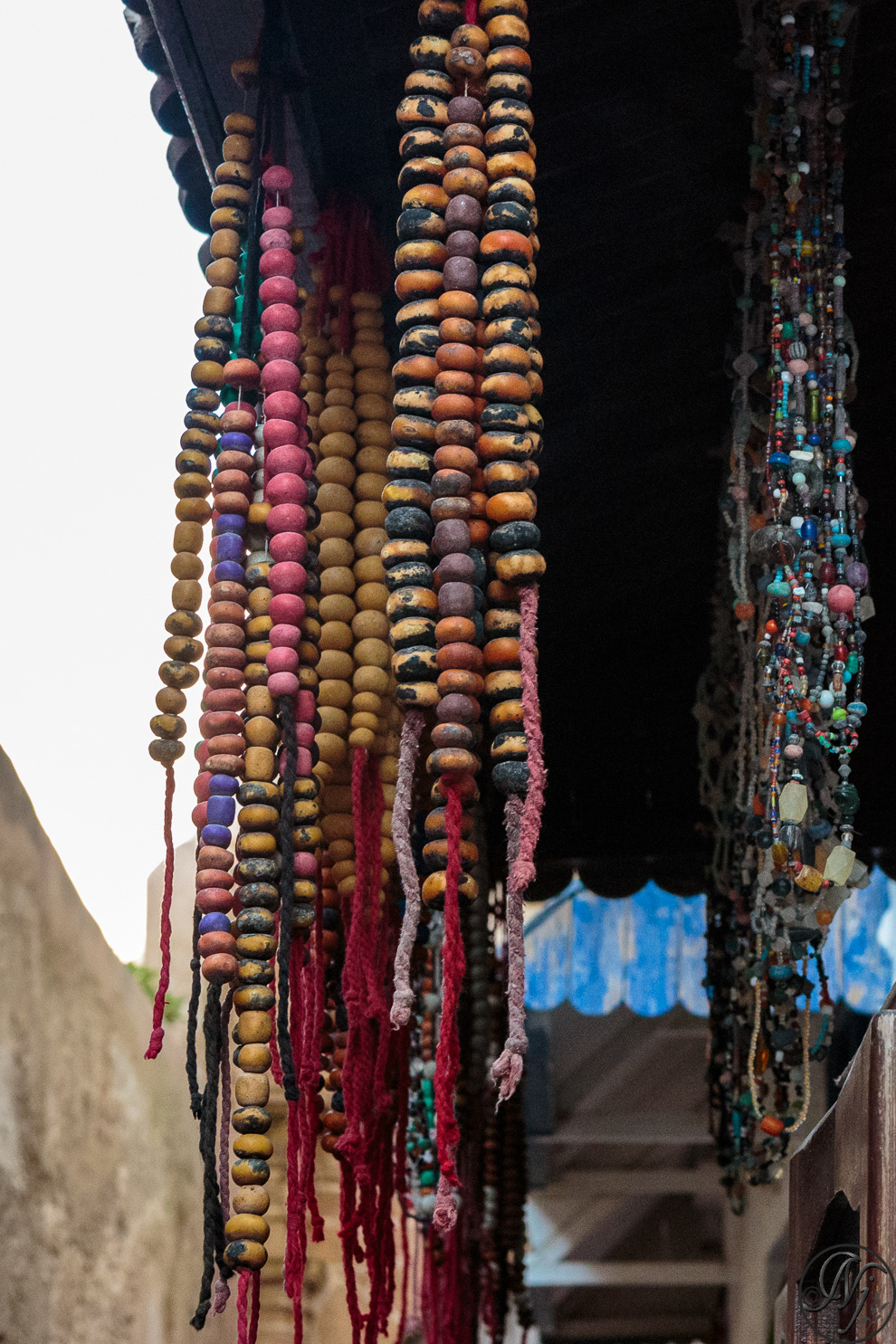









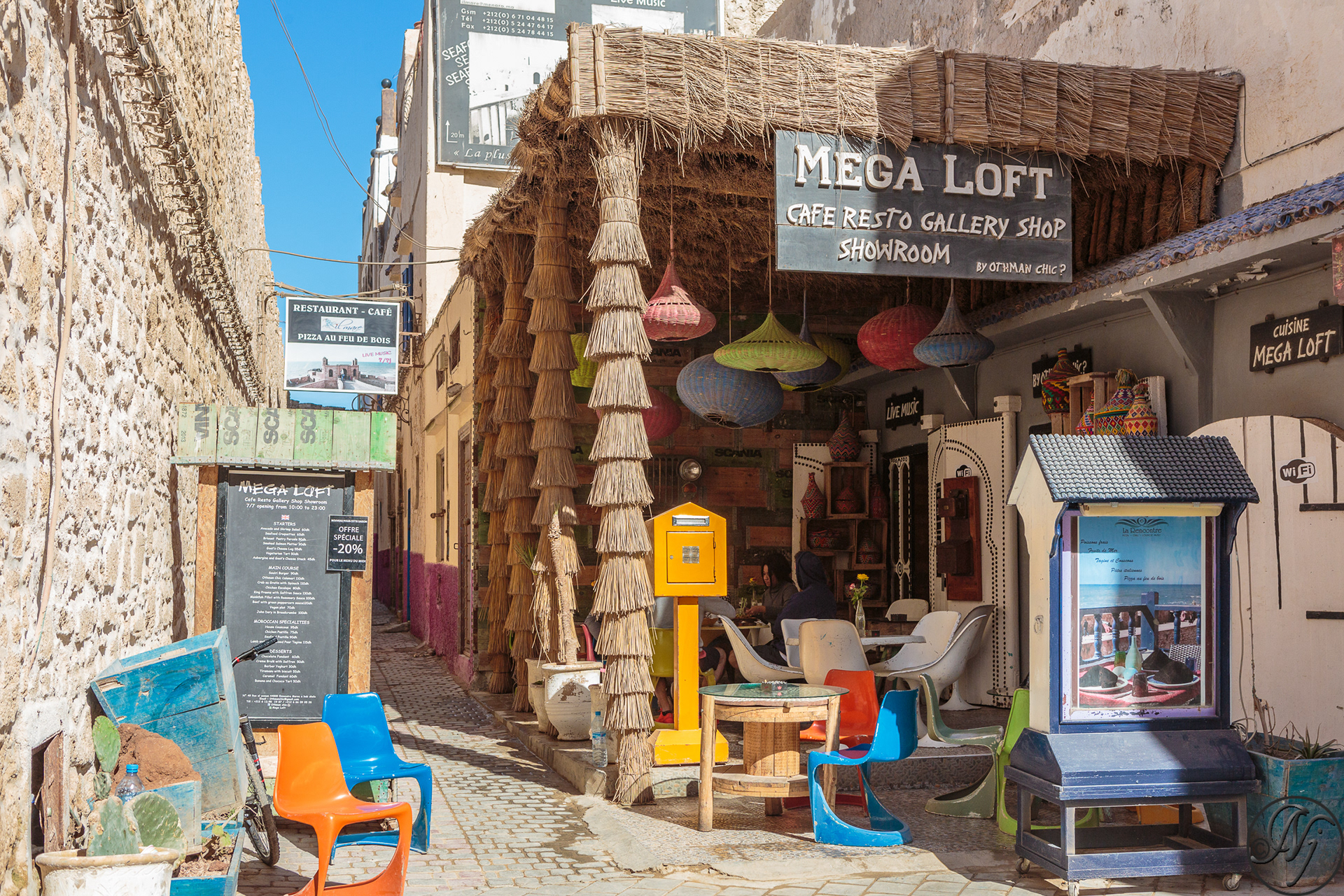





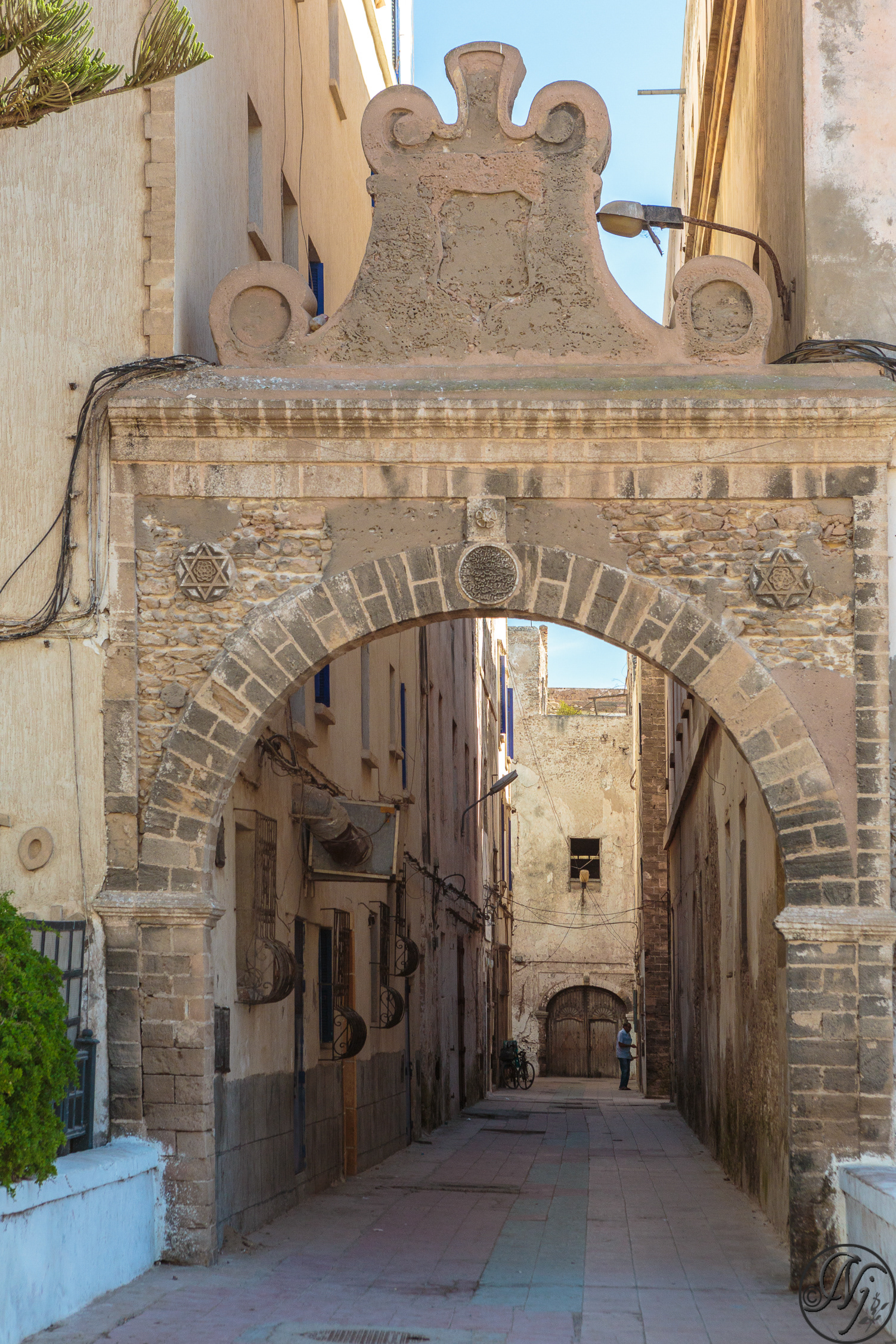
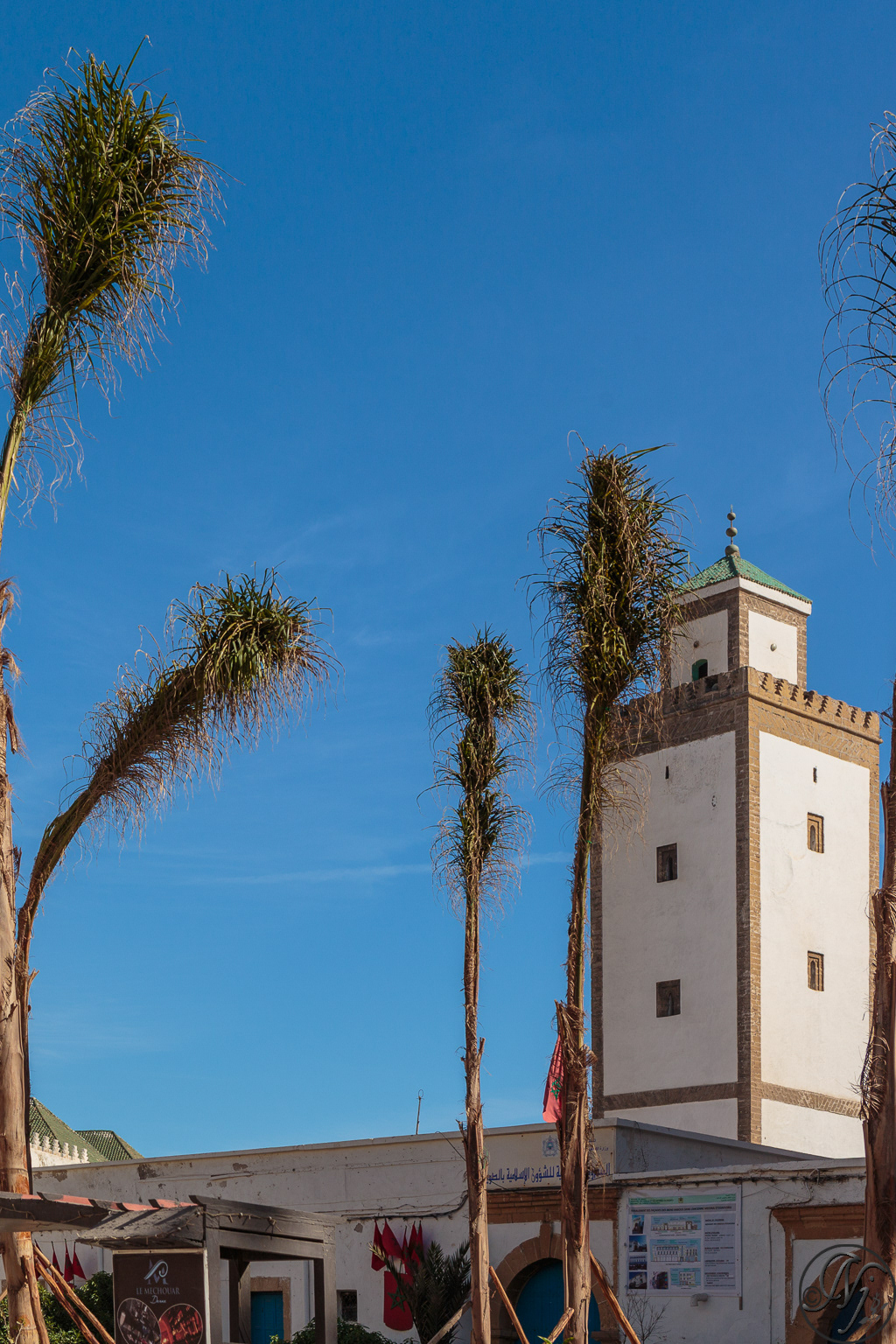


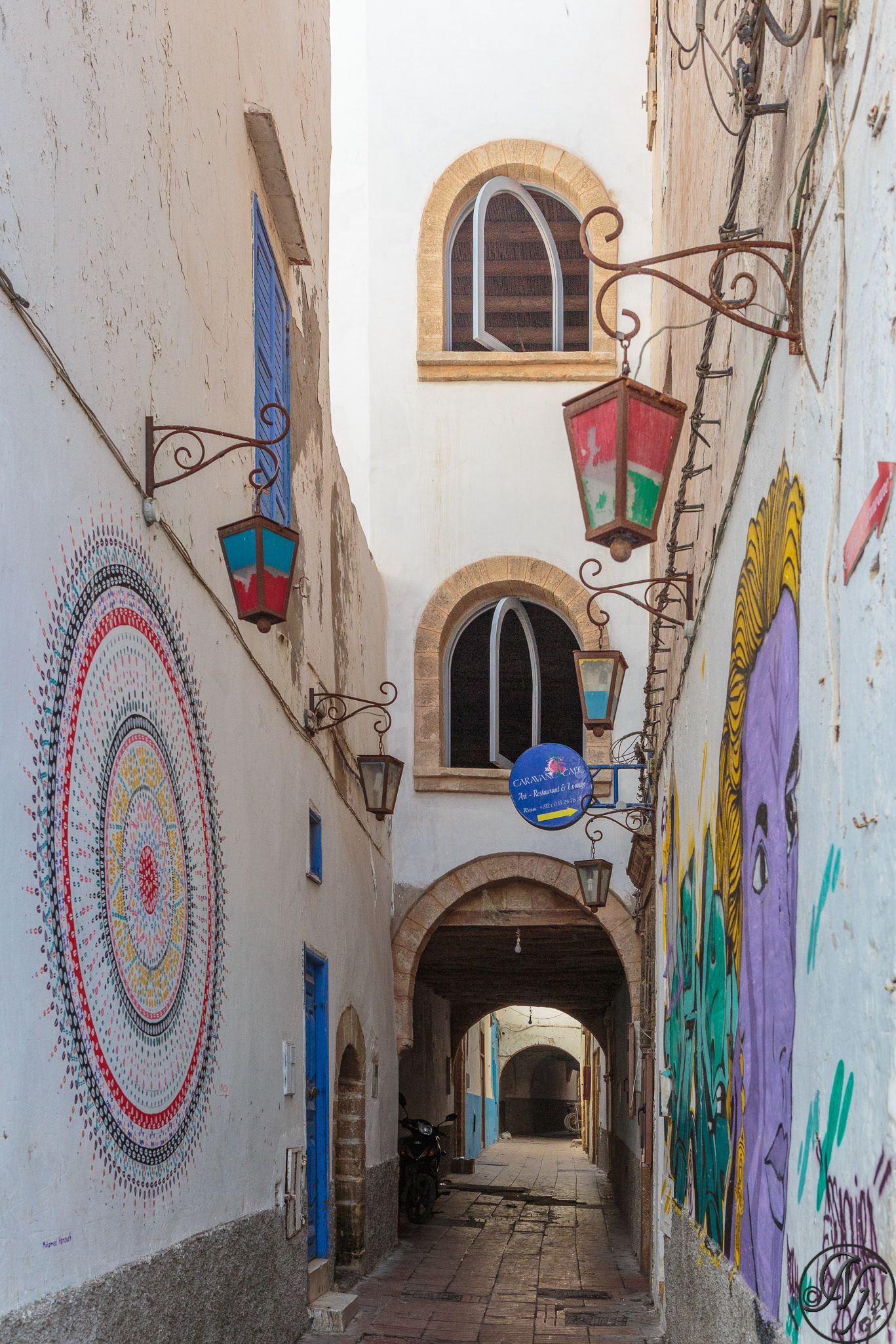


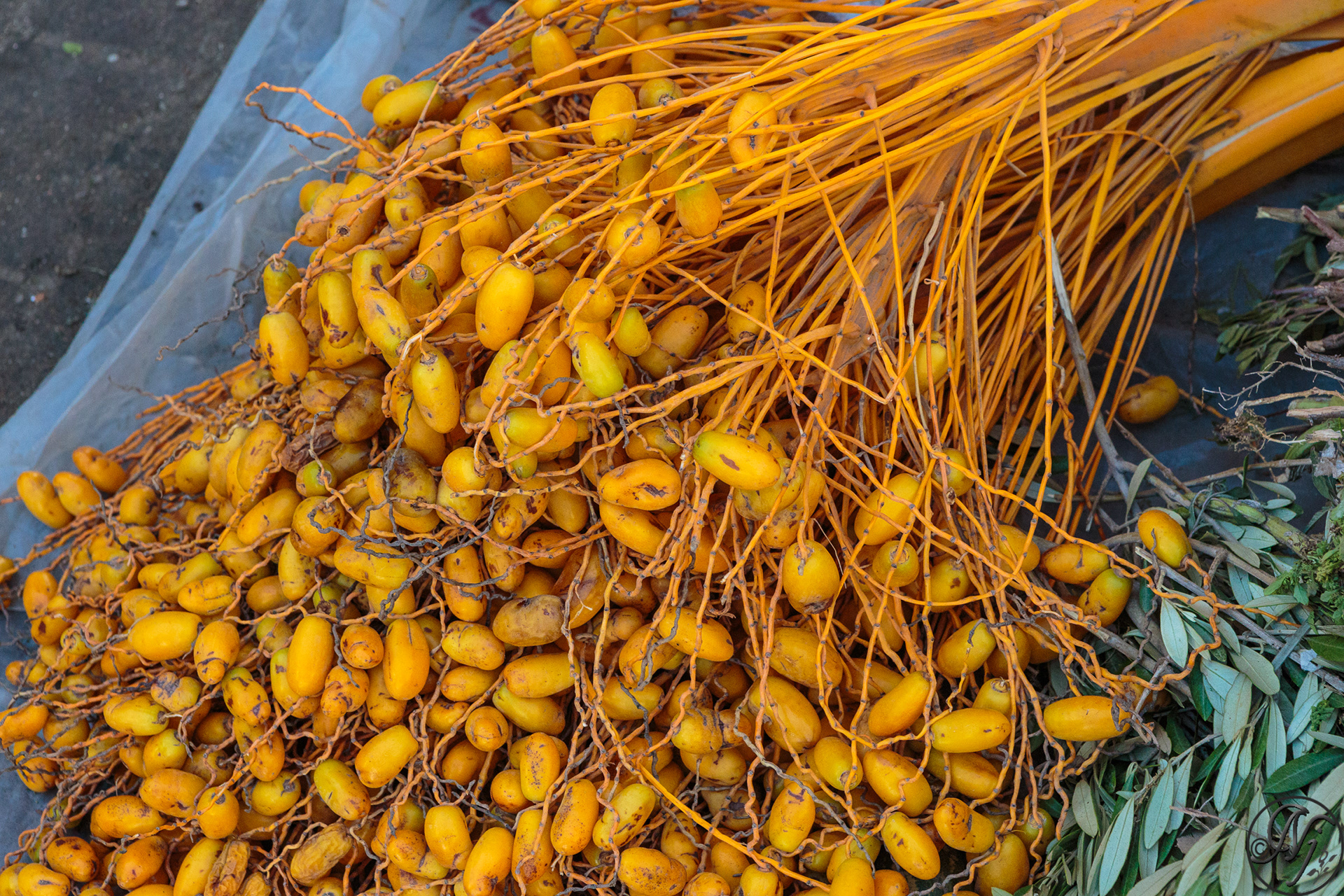


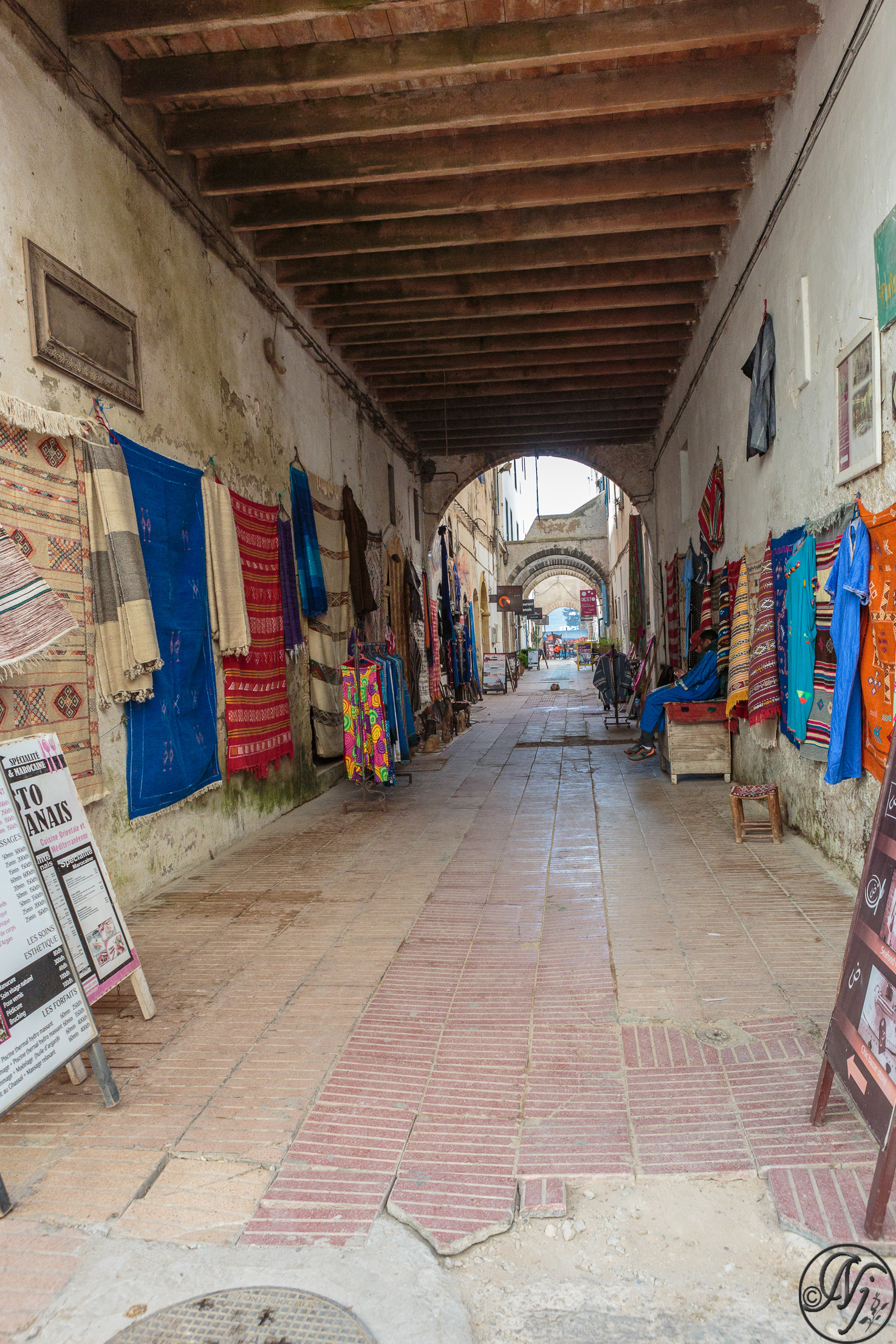

The present city of Essaouira was built during the mid-eigtheeth century by the Moroccon King. Mohammed III tried to reorient his kingdom toward the Atlantic for increased exchanges with European powers, chose Mogador as his key location. One of his objectives was to establish a harbour at the closest possible point from Marrakesh. The other was to cut off trade from Agadir in the south, which had been favouring political rival of Mohammed III, and the inhabitants of Agadir were forced to relocate to Essaouira. For 12 years, Mohammed III directed a French engineer, Théodore Cornut, and several other European architects and technicians to build the fortress and city along modern lines. Originally called "Souira" ("the small fortress"), the name became "Es-Saouira" ("the beautifully designed"). Thédore Cornut designed and built the city itself, particularly the Kasbah area, corresponding to the royal quarters and the buildings for Christian merchants and diplomats. Other parts were built by other foreigners. The harbour entrance, with the "Porte de la Marine", was built by an English renegade by the names of Ahmed el Inglizi ("Ahmed the English") or Ahmed El Alj ("Ahmed the Renegade"). The two "scalas" with their fortifications (the Harbour scala and the Northern scala) were built by Genoese engineers. Mohammed III took numerous steps to encourage the development of Essaouira: the harbour of Agadir to the south was closed off in 1767, so that southern trade should be redirected through Essaouira. European communities in the northern harbour of Rabat-Salé were ordered to move to Essaouira through an ordinance of January 21, 1765. From the time of its rebuilding by Muhammad III until the end of the nineteenth century, Essaouira served as Morocco's principal port, offering the goods of the caravan trade to the world. The route brought goods from sub-Saharan Africa to Timbuktu, then through the desert and over the Atlas mountains to Marrakech. The road from Marrakech to Essaouira is a straight line, explaining the king's choice of this port among the many that the Moroccan coast offers. Info:Wikipedia




































